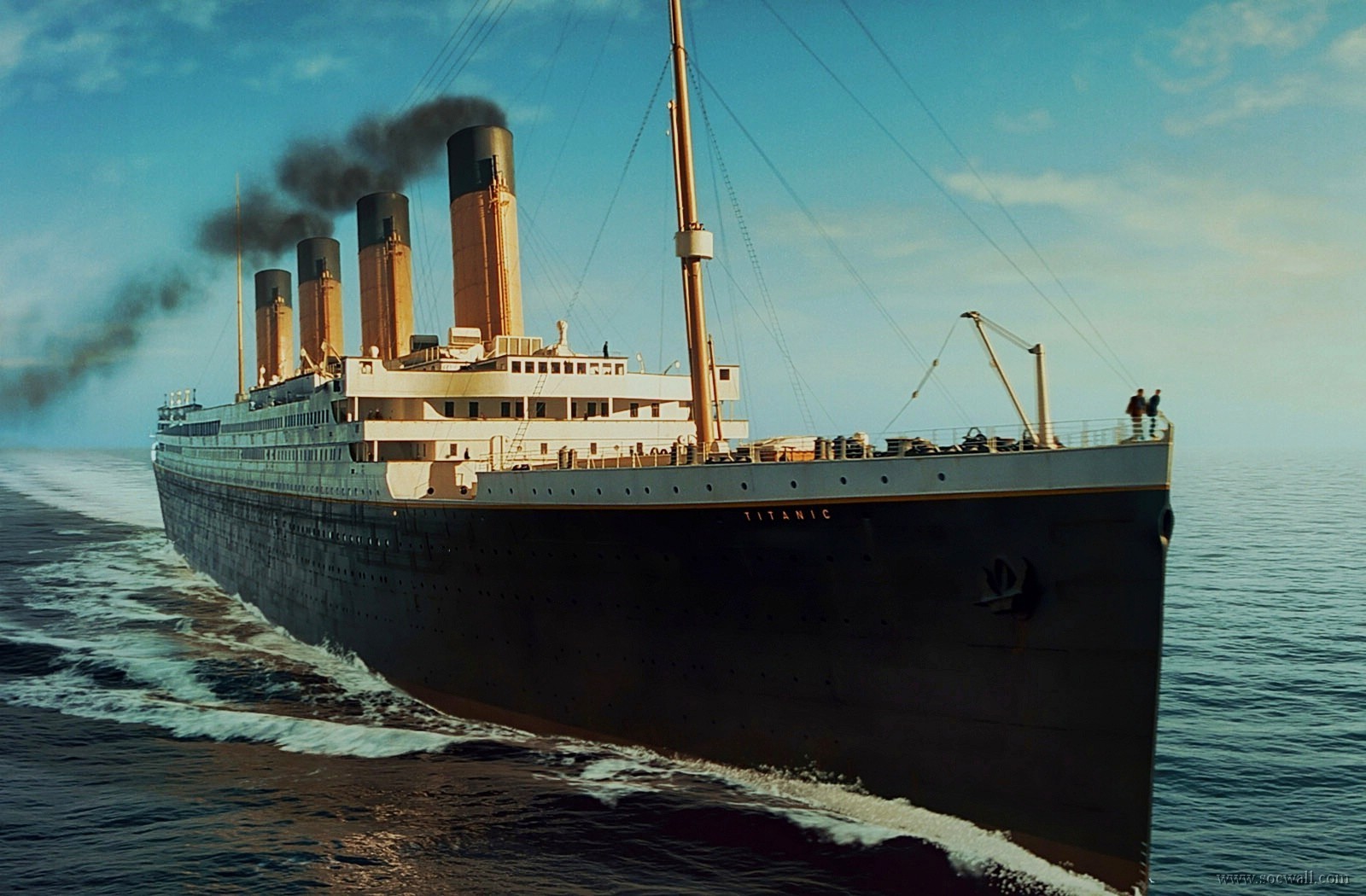When construction finished in late March, 1912, the Titanic was immediately subjected to a series of sea trials which began on April 2 of that same year, which were carried out first in the waters of Belfast, and then in the Irish sea.

For a period of twelve hours, the ship would carry out multiple speed, handling, and maneuverability tests with no passengers onboard apart from several representatives of the Harland and Wolff shipbuilder and the International Mercantile Marine Co., White Star Line's parent company, as well as a series of radio operators getting to grips with the top-of-the-line Marconi equipment, and the stokers, greasers, and firemen required for engines' operation.
Hardly a week had passed after these tests were completed successfully when, on April 10, 1912, under the command of Captain Edward John Smith, the RMS Titanic initiated its maiden voyage, departing from Southampton, England, from where it would sail first to Cherbourg, France, followed by Queenstown, or Cobh, as presently known, Ireland, where it would stop to pick up passengers before making a final departure towards New York all the way across the iceberg-ridden Atlantic.

The passenger records from Titanic's inaugurating transatlantic crossing were, if nothing else, the accurate reflection of the ship's mind-boggling exclusiveness. From high-tier officials to widely-known celebrities and politicians, the ship's unparalleled first class accommodations housed a broad spectrum of big-name, wealthy individuals such as real estate builder and investor J. Jacob Astor IV, fashion store Macy's owner, Isidor Straus, American businessman Benjamin Guggenheim, and Ismay himself, amongst 300 others.
Notwithstanding, despite its dazzling features, Titanic's maiden voyage was not exempted from getting off with a rough start: as the ship prepared to depart from the port of Southampton, in England, a small fire was detected in one of the lower decks containing coal, and was hosed down immediately by stokers. Whilst frequent in steamships of the time, this teething trouble was equally alarming nonetheless, and required Captain Smith's inspection, alongside the chief engineer, before the vessel was given the green light to set sail into wretched waters.
Theories claim that the damage produced by this incident would become one of the architects of the disaster looming on the horizon, but concrete evidence linking both is yet to be found.
